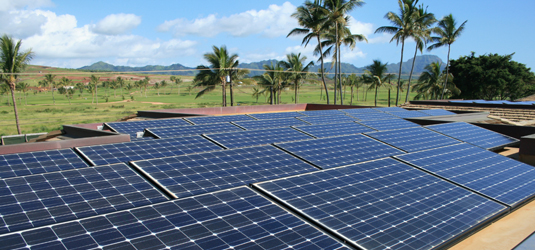 If you’re not part of an electricity co-op, you should wish you were:
If you’re not part of an electricity co-op, you should wish you were:
Only about one in eight American houses and businesses gets electricity from a cooperative — and on average, they pay about $500 less a year for the privilege.
Unregulated by public commissions and unfettered by shareholders, electricity co-ops answer to their customers, who elect the companies’ boards. This structure, and their smaller size, allows co-ops to be more flexible, coming up with new and innovative ways to embrace the future of energy, advocates say.
The upside, as the article describes, is that co-ops can be much more flexible when it comes to renewable power. My first professional experience with them was in Hawaii, where the island of Kauai has a co-op that is much cheaper, more innovative, and more renewable-powered than the investor-owned utility operations on other islands.
The deal is so good on Kauai that many people on other islands, particularly on Molokai, would like to follow suit. A co-op can better reflect community priorities than investor-owned utilities, and in the case of Molokai, that means more clean generation sources like pumped hydro, wind and solar that aren’t imported from off-island.
Overall, when you see the lower ratepayer costs with co-ops and municipal utilities, not to mention their often more aggressive policies on renewables and other clean technologies, it’s hard not to wonder why the public tolerates privately-owned electric utilities at all.
Leave a Reply
You must be logged in to post a comment.


